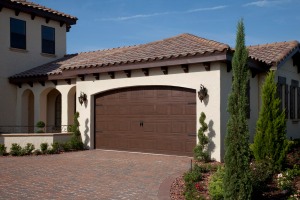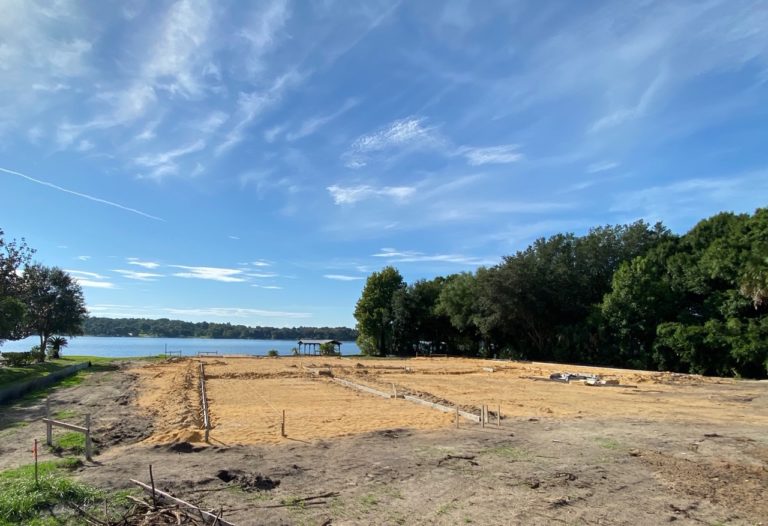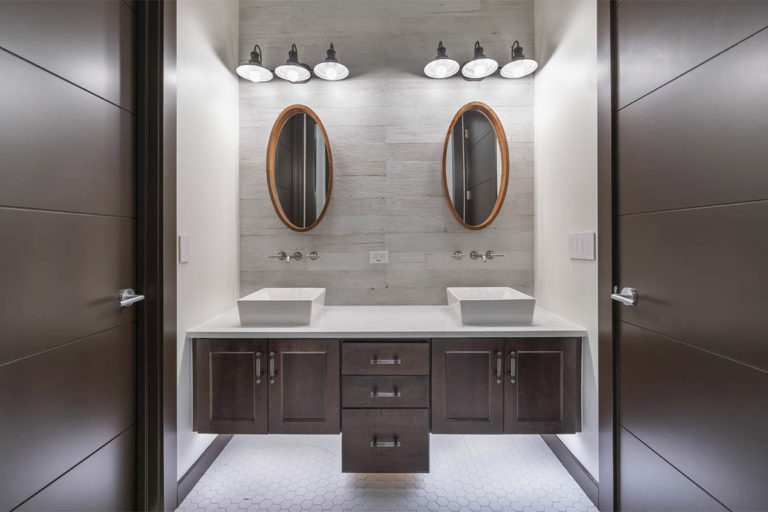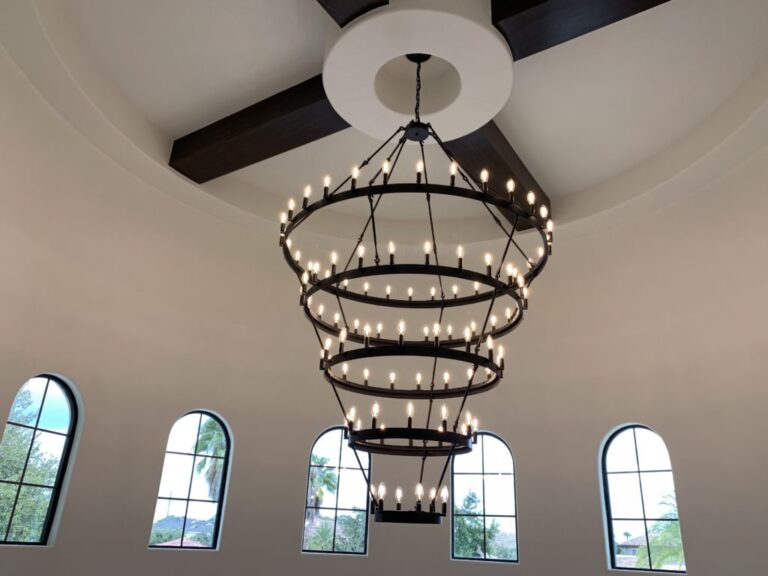3 Questions to Ask Your Builder Before the Tile Roof Goes Up:
![photo[1]](https://tradesecertsbyjorge.files.wordpress.com/2012/11/photo1.jpg?w=300)
Determining the aesthetic details is the fun part of building your dream home but the “nuts and bolts” are just as important, particularly when it comes to what’s under the roof.
Orlando Custom homebuilder Jorge Ulibarri recommends that homeowners get involved in selecting the roofing company. “Just as homeowners do their homework when selecting the builder, they need to thoroughly research the roofing contractor. Roofs typically leak in the first year but deficiencies can surface years later. Anyone building a new home should make sure that the roofing company is reputable with a business track record that indicates it will be around for the long term to repair any problems with the roof,” says Jorge.
In addition to asking the homebuilder for recommendations, homeowners can research roofing companies by consulting the National Roofing Contractors Association or The Tile Roofing Institute.
Orlando Custom Homebuilder Jorge Ulibarri suggests three important questions homeowners should ask before their roof goes up.
What Type of Warranty Comes with the Roof?
According to the National Roofing Contractors Association, most roofs, whether tile or asphalt-shingle, have a life span of 20 to 25 years. A builder’s warranty typically lasts two to 10 years. During that time, coverage varies on different components of the home including structural, mechanical and electrical warranty guarantees. Once the builder’s warranty expires, the homeowner will have to deal directly with the roofing manufacturer or installation company to remedy any roof deficiencies.
What Type of Underlayment Will Be Used?
Underneath the roof tile or shingles is a membrane known as the underlayment. This membrane helps weatherproof the roof and prevents water intrusion. There are two types of underlayments available and both vary in price and quality.
The Peel-and-Stick Self Adhesive-
![photo 1[1]](https://tradesecertsbyjorge.files.wordpress.com/2012/11/photo-11.jpg?w=300)

Peel-and-Stick underlayment is more expensive (about 30 percent more than felt paper underlayment) but many homebuilders prefer to use Peel-and-Stick because it is more resistant to moisture, tears and UV rays.
Felt Paper Underlayment-

This underlayment, made of asphalt coated felt paper, is commonly referred to as tar paper. It is less expensive than Peel-and-Stick and less durable. One of felt paper’s limitations is that it is nailed to the roof decking so it doesn’t adhere uniformly. Installation requires layering of the felt paper to build a sufficient barrier.
Are There Energy Efficient Colors for Roof Material?

According to the U.S. Department of Energy, lighter-colored roofing surfaces or special coatings can reduce energy usage by 10 to 15 percent. Lighter colors reflect more of the sun’s heat and reduce cooling costs by as much as 15 percent according to the Cool Roof Rating Council.
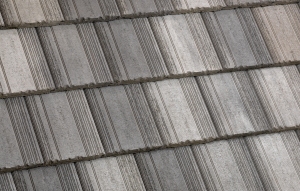
Most roof tile manufacturers have a color palette that is Energy Star and CRRC approved as cool roof materials. Ask if the roofing product is available in a “cool roof” version.
The EPA has a Cool Roof Calculator at https://www.roofcalc.com that quantifies the benefits of a cool roof. Some cool roofs also qualify for rebates, for more information, go to https://www.coolroofs.org/codes_and_programs.html#rebate
For more money-saving design ideas and new construction tips, subscribe to the video series, Trade Secrets by Jorge, available on YouTube.


